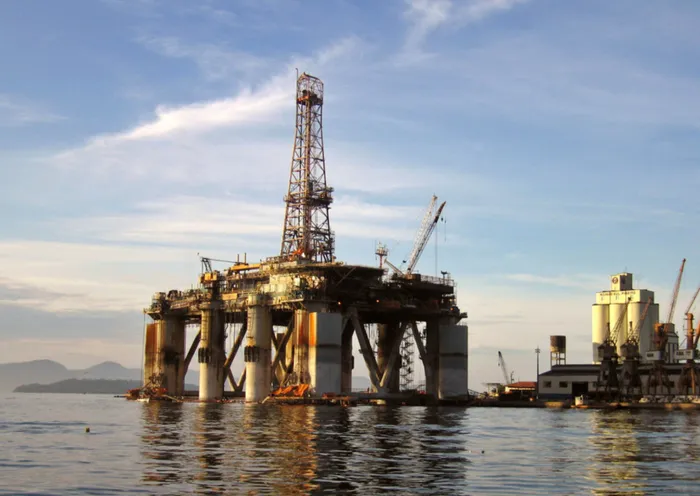Oil weakens with euro zone crisis

An oil rig is shown in this file photo. An oil rig is shown in this file photo.
Crude oil futures fell close to $97 a barrel on Tuesday, extending losses on fears the euro zone debt crisis will worsen and hurt the global economy, threatening demand growth, while OPEC is seen likely to keep production levels unchanged.
Optimism over a bailout for Spain's troubled banks faded because of concerns about the package's impact on public debt, while uncertainty surrounding elections in Greece on Sunday compounded worries the crisis in Europe will deepen.
The euro has retreated from a near three-week high of $1.2672 as the initial euphoria from Spain's 100 billion euro ($125.1 billion) bank rescue fizzled.
Brent crude futures fell 85 cents to $97.15 by 14:30 SA time. Earlier in the session, prices fell as low as $96.62 a barrel, close to this year's low of $95.63 struck on June 4.
US oil was down 17 cents at $82.53 a barrel after hitting a nine-month low at $81.07.
“Europe is significantly affecting the growth outlook, and given China is already weak, further deterioration in the euro zone crisis could tip the global economy into a recession,” said Guy Wolf, a macro strategist at Marex Spectron.
“Despite that, the supply side in energy does not look particularly bearish, and the 'Iran premium' has been largely priced out.”
Crude futures on Monday rallied more than $2 after euro zone finance ministers agreed on the loan to Spain to tackle the problems of debt-stricken banks. But doubts about the deal emerged overnight, rekindling concerns that Madrid's financial woes would worsen.
The EU has already begun discussing contingency plans for a Greek exit, including withdrawal limits at bank automated teller machines.
Cyprus, which is heavily exposed to Greece, said on Monday that before the end of this month it may become the fifth member
of the currency bloc to apply for an international bailout.
“It is a data-heavy week with the OPEC meeting and the IEA (International Energy Agency) monthly report. OPEC is expected to yield little change,” said Tobias Merath, head of private banking commodity research at Credit Suisse, “Weaker China data could also change IEA oil demand projections.”
OPEC OUTPUT TARGET
Oil is also under pressure following comments top exporter Saudi Arabia intends to keep production at current levels, despite a recent fall in crude prices.
Saudi Arabian Oil Minister Ali al Naimi said on Tuesday he was happy with OPEC's current oil output target.
But OPEC's price hawks have called on Saudi Arabia to rein in excess production to stem a slide in oil prices that has knocked $30 a barrel off crude since March.
The Organization of the Petroleum Exporting Countries (OPEC)meets on Thursday in Vienna to chart production policy.
Supply from the 12-member group, running nearly 2 million barrels per day above a self-imposed production ceiling of 30 million bpd, is at its highest since 2008.
“The oversupply will keep going into countries' inventories,” said Carsten Fritsch, an oil analyst at Commerzbank, “OPEC is unlikely to reduce production. But the hawks will want to cut, so there is a risk of no common agreement, like last June.”
OPEC is producing above its latest demand forecast. OPEC sees demand for its oil as unchanged at an average of 30.74
million barrels per day in the second half of the year, its monthly report said.
Saudi Arabia has lifted output sharply to 10 million barrels a day, a 30-year high, to prevent inflated fuel prices from choking off global growth and to help offset any disruption in supplies from the Middle East associated with sanctions against Iran.
Industry data due later today from top consumer the United States will help provide further direction to prices.
US crude supplies were forecast to have fallen last week for the second straight time, due to lower imports, a preliminary Reuters poll showed. - Reuters